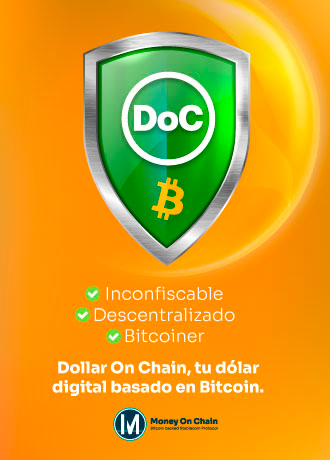
El precio de XRP muestra signos de recuperación luego de haber alcanzado un mínimo reciente en torno a los 2,17 USDT, nivel que actuó como soporte clave en la jornada anterior. Actualmente, XRP cotiza en 2,22 USDT, con una ganancia del +2,39%, según el gráfico diario en Binance.
Soportes y resistencias claves
El análisis del gráfico revela que XRP se encuentra en una zona de consolidación, con soportes y resistencias bien definidas:
- Soporte inmediato: 2,17 USDT mínimo reciente y nivel de alta liquidez en el volumen
- Resistencia inmediata: 2,2970 USDT EMA 100, marcada en naranja, y zona de oferta relevante.
- Resistencia clave: 2,4562 USDT EMA 50, color verde, nivel que XRP necesita recuperar para retomar una estructura alcista.
Si el precio logra superar la resistencia de 2,2970 USDT con volumen, podría probar la zona de 2,45 USDT en el corto plazo. De lo contrario, una pérdida de los 2,17 USDT abriría la puerta a una caída hacia los 1,94 – 1,86 USDT, donde se encuentra la EMA 200 (línea roja).
Indicadores técnicos: ¿qué sugieren?
- Medias móviles exponenciales (EMA 50, 100 y 200): XRP sigue cotizando por debajo de las EMA 50 y 100, lo que indica que la tendencia de corto plazo sigue siendo bajista. La EMA 200 en 1,86 USDT actúa como el último soporte dinámico de relevancia.
- RSI (Índice de Fuerza Relativa): Actualmente en 44,89, señalando que XRP aún no ha entrado en zona de sobreventa, pero tampoco muestra una fuerte presión compradora.
- Volumen: Se observa un aumento en la actividad, lo que podría indicar un intento de recuperación si se mantiene en los próximos días.
Escenarios posibles a corto y mediano plazo
- Escenario alcista: Si XRP logra consolidarse por encima de los 2,30 USDT, podría recuperar fuerza y dirigirse hacia los 2,45 – 2,60 USDT, donde enfrenta una fuerte zona de resistencia.
- Escenario bajista: Si el soporte en 2,17 USDT se pierde, el precio podría buscar los 1,94 – 1,86 USDT, alineándose con la EMA 200 y un área de alta liquidez.
XRP se encuentra en una lucha entre compradores y vendedores en torno a la zona de 2,20 USDT. El comportamiento en los próximos días dependerá de si logra recuperar las EMA 50 y 100 o si, por el contrario, vuelve a probar niveles inferiores.






